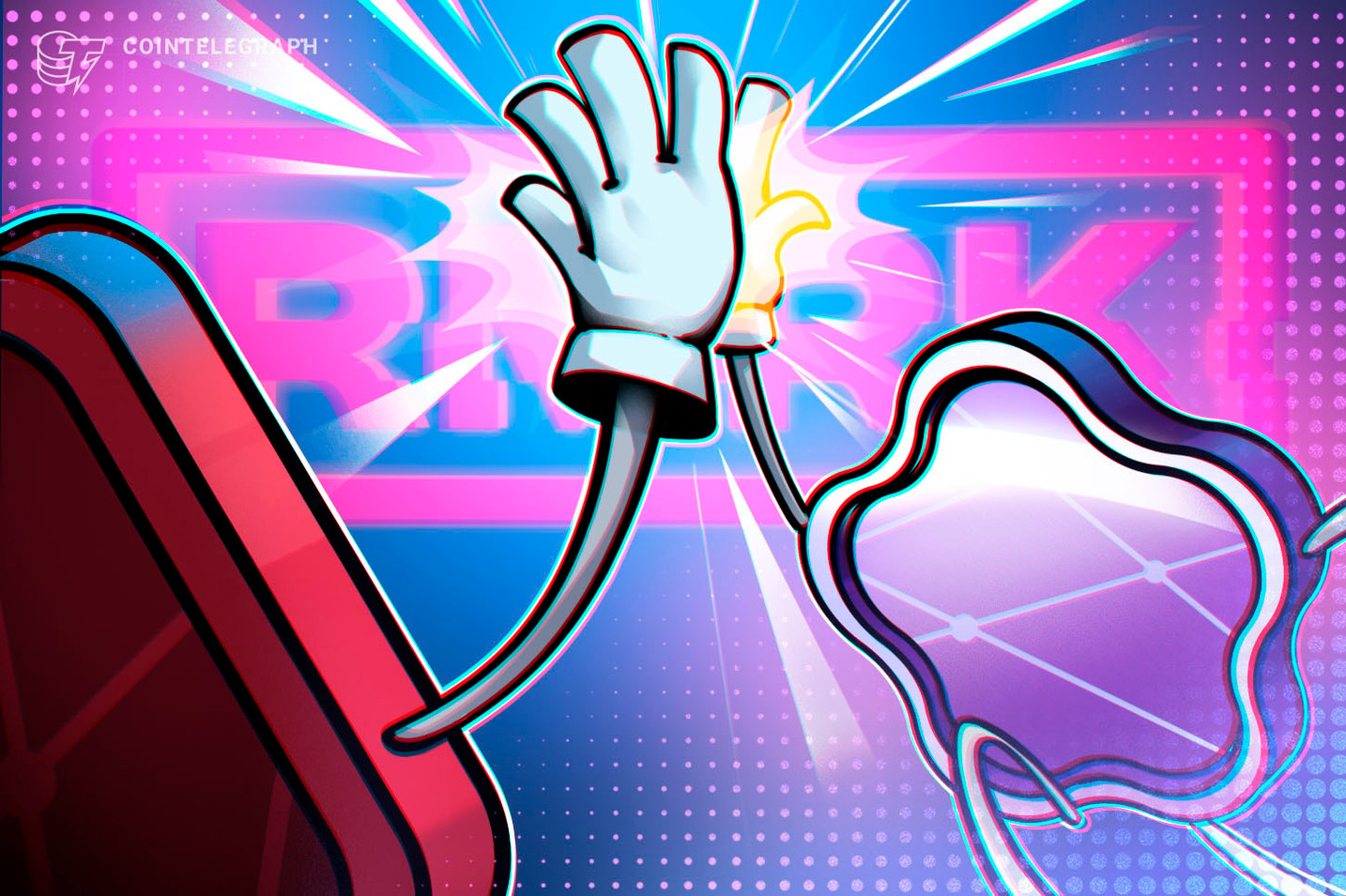Sponsored Content
Imagine a fantasy MMO role playing game in which every character is an NFT that can be equipped with other NFTs.
A nonfungible token can be a suit of armor or a magic sword that can be put on the character to use in the game, stored in a backpack (itself an NFT), or sold at an auction house.
The backpack holds other NFTs the player collects while in the game: Magic potions that give more strength or speed, food to keep the character moving at full speed, rope that can be used to climb a building. Even a curse could be an NFT which is only removed — and the token burned — with a cure spell NFT.
That’s just one of the many possibilities of RMRK.app’s advanced NFT standard of “art legos,” which allows NFTs to own other NFTs and use them to build more complex tokens with a wide variety of functions. They can use multiple resources at once, become decentralized autonomous organizations (DAO), and react to emoticons and other on and off-chain triggers.
An audiobook could be a “parent” NFT equipped with three “child” NFTs — an audio file, a PDF of the book’s text, and a high-resolution artwork as the cover. A multiple resource NFT of a sword could render as 2D or 3D depending on whether it is equipped onto a parent NFT in Minecraft or NFT launchpad Kanaria.
More advanced features include the ability of the NFTs to react to emoticons, so sending 50 rocket emoticons to an NFT of the moon would make a little rocket land on it. A DAO capability would break it into a number of salable fungible tokens, each of which would have a vote on what happens to the NFT such as equipping child NFTs, burning the NFT, changing the order of its resources and more.
Other RMRK interactions include the ability to send, list for sale and buy NFTs, while Consume will burn an NFT (leaving a message about why it was burnt) and Emote will send an emoticon.
With multi-resource NFTs, an NFT can also become forward-compatible with new projects. A sword item minted for a game launched in 2020 can easily be made compatible — visually and functionally — with a new NFT project launched years later. This gives NFTs liquidity and utility well into the future.
Increasing adoption
Created by Web3 Foundation alum Bruno Škvorc, RMRK is “a protocol for adding logic to blockchains without on-chain logic — like smart contracts.”
“Custom messages get interpreted in a special way according to a predetermined specification, adding value where there technically is none — like NFTs," the project said.
The RMRK standard is a layer-one implementation that can work on Substrate-based blockchains including the smart contract-free Polkadot and Kusama relay chains.
More insights from RMRK here
Building the RMRK logic as a Substrate pallet — a module for blockchains — is one of RMRK’s major goals for this year. Partnerships with Kusama parachain candidates Karura, Khala, Unique Network, Zeitgeist, Bit.country, Shiden and others to implement the logic as part of these chains’ runtime will effectively make RMRK the first unofficial “shared runtime” of the Polkadot ecosystem.
Other goals include making RMRK logic available to smart contract blockchains built with ink! and Solidity functionality.
“Entering the Polkadot and Kusama ecosystems with NFTs as a target without adopting the RMRK standards would be like entering a Formula 1 race with a horse,” RMRK said. “It doesn't make sense for projects not to adopt RMRK immediately and utilize almost free, fast and eco-friendly seamless teleportation of non-fungible assets across different chains.”
Decentralization is coming
The RMRK Association aims to completely decentralize the project within three years, requiring a token — the RMRK — which will have both governance and utility functions. A total of 10 million will be minted, with almost all the supply to be distributed by “fairdrop,” while others are reserved for the development team, used for ecosystem development, or sold to the public.
Along with governance, it will be used for liquidity farming and stablecoin loan collateral on a number of platforms, and to mint assets and access the infrastructure. They can be used as a currency in RMRK’s metaverse, as a stake when creating fungible tokens to prevent spamming, and to whitelabel RMRK products and apps, among other things.
On the partnership front, RMRK said it is building a whitelabel initial collectable offering platform for Kusama-native Kanaria, and has commitments from “several high-profile ETH projects.”
Other RMRK partners include Acala’s Karura DeFi platform for Kusama; Khala Network, a Kusama parachain by Phala; Unique Network, an NFT chain for Polkadot and Kusama; the Zeitgeist prediction market; metaverse developer Bit Country, multi-chain NFT infrastructure provider Unifty; and Shiden, Plasm’s smart contract platform for Kusama.
Learn more about RMRK
Disclaimer. Cointelegraph does not endorse any content or product on this page. While we aim at providing you all important information that we could obtain, readers should do their own research before taking any actions related to the company and carry full responsibility for their decisions, nor this article can be considered as investment advice.
